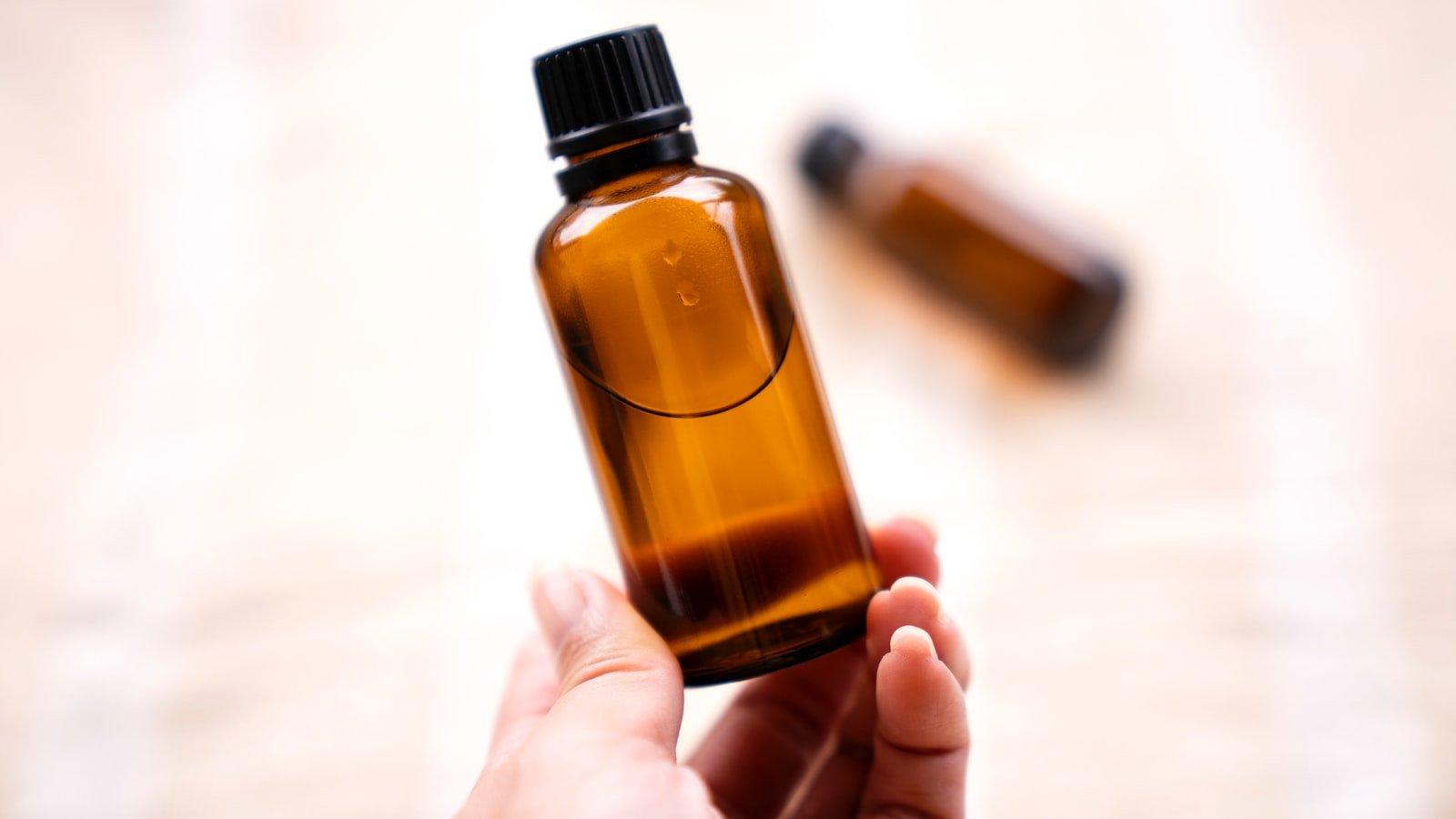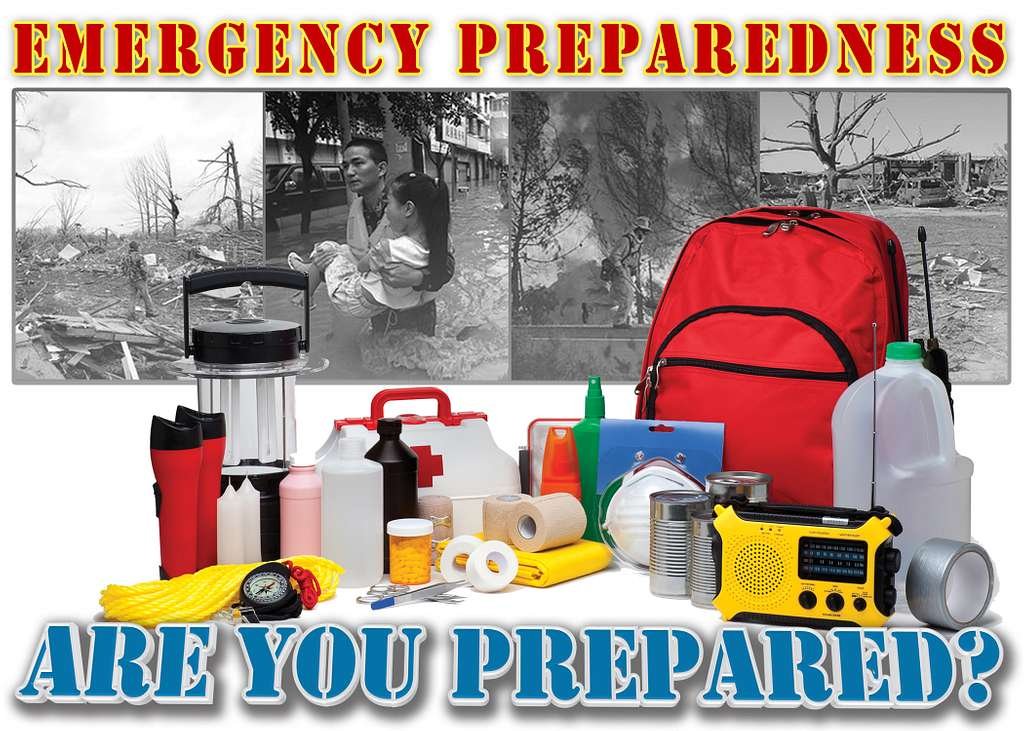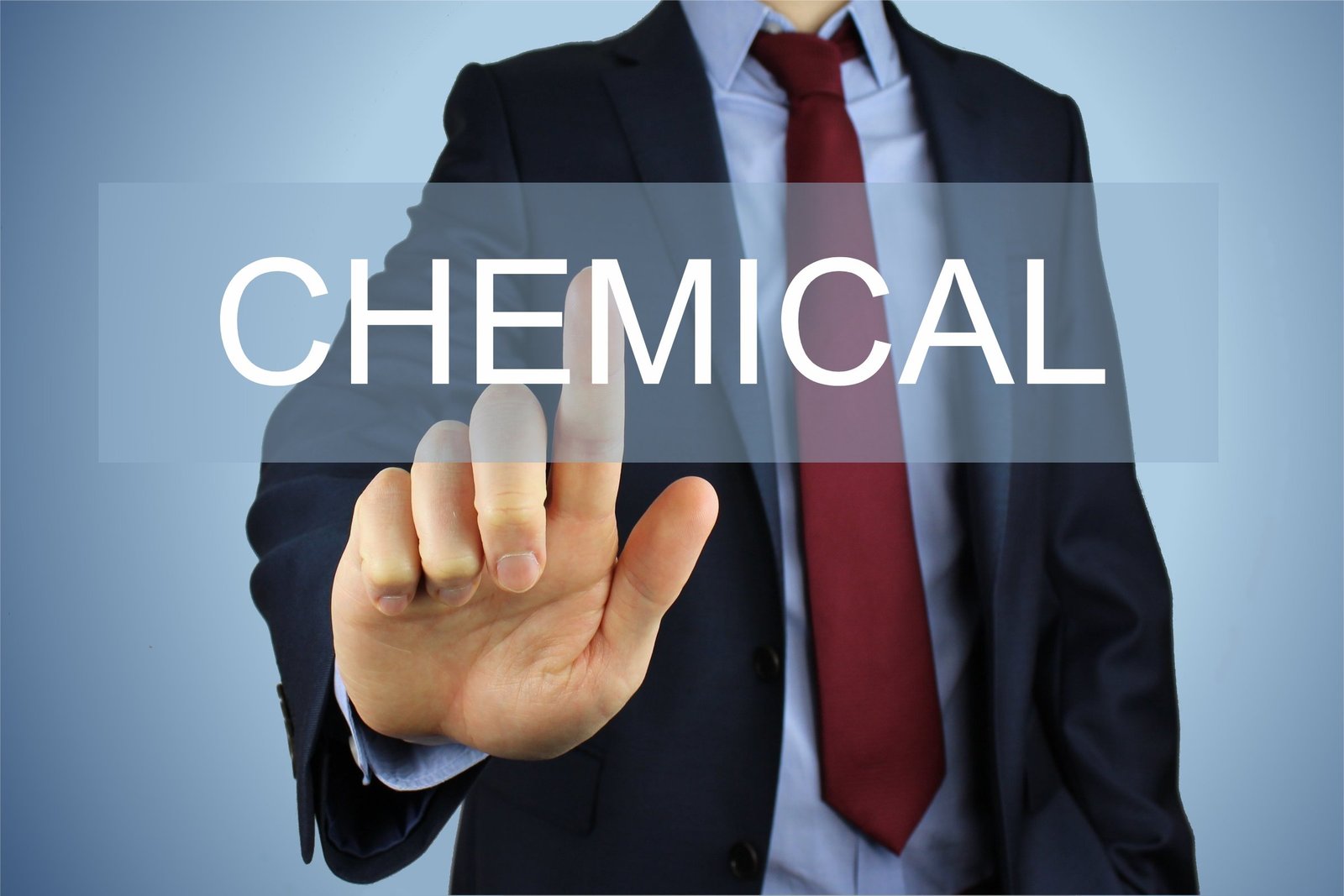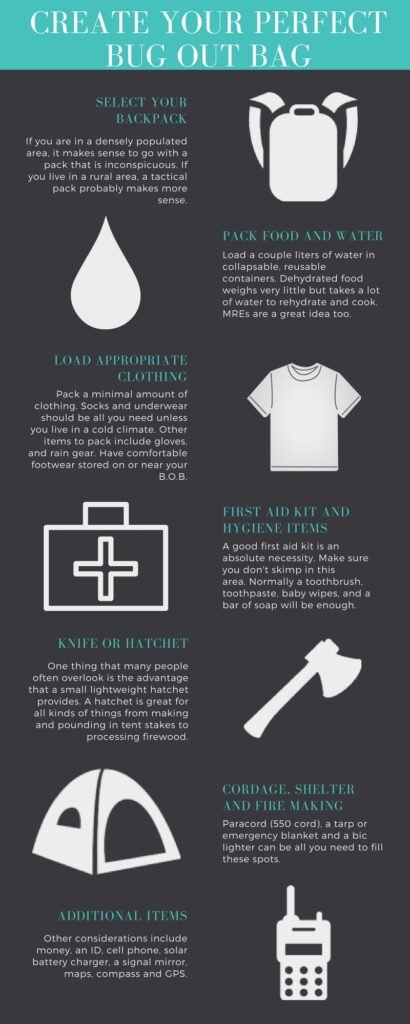Now Reading: How to Prepare for a Chemical Emergency
-
01
How to Prepare for a Chemical Emergency

How to Prepare for a Chemical Emergency
Imagine a world where the subtle scent of lavender wafts through the air, and the only chemicals we encounter are the ones responsible for creating scintillating sunsets. Unfortunately, reality paints a far more complex picture. From accidental spills to industrial accidents, chemical emergencies can emerge in our lives, often catching us off-guard. While we can’t predict when or where these emergencies will occur, we can arm ourselves with knowledge and preparedness. So, if you’ve ever found yourself wondering how you would cope with a chemical emergency, worry no more. This comprehensive guide will equip you with essential tips and strategies to navigate through these hazardous situations, ensuring your safety and the safety of those around you. It’s time to transform from a helpless bystander into a confident, well-prepared individual who knows exactly what to do when the unexpected strikes.
Table of Contents
- Understanding the Risks: Recognizing Different Types of Chemical Emergencies
- Creating an Emergency Preparedness Plan: Steps to Safeguard Yourself and Your Family
- Stocking Essential Supplies: Building a Chemical Emergency Kit
- Developing Communication Channels: Key Measures for Effective Information Sharing
- Staying Informed: Reliable Sources and Resources for Chemical Emergency Updates
- Q&A
- Future Outlook

Understanding the Risks: Recognizing Different Types of Chemical Emergencies
When it comes to chemical emergencies, it is crucial to be well-informed and able to identify the various types of risks they pose. By recognizing these different types, we can take appropriate measures to mitigate potential dangers and protect ourselves and others.
1. Explosive chemicals:
- Chemicals that are highly reactive and can explode under certain conditions.
- Examples include dynamite, nitroglycerin, and various unstable compounds.
- Proper storage and handling protocols are essential to prevent accidental explosions.
2. Toxic chemicals:
- Chemicals that can cause harm or even death when ingested, inhaled, or touched.
- Common toxic substances include pesticides, certain cleaning products, and industrial solvents.
- Always use personal protective equipment (PPE) such as gloves and masks when working with toxic chemicals.
3. Flammable chemicals:
- Chemicals that have a low flash point and can catch fire easily.
- Gases like propane and butane, as well as liquids such as gasoline and alcohol, fall into this category.
- Store flammable substances in approved containers and away from sources of heat or open flames.
Understanding these different types of chemical emergencies is essential for everyone, whether at home, in a workplace, or within a community. By recognizing the risks associated with each type, we can take appropriate precautions to ensure our safety and the safety of those around us.

Creating an Emergency Preparedness Plan: Steps to Safeguard Yourself and Your Family
Steps to Safeguard Yourself and Your Family
When it comes to ensuring the safety and well-being of your loved ones, having an emergency preparedness plan in place is of utmost importance. By taking proactive measures and being ready for any unexpected event, you can minimize risks and provide a sense of security for your family. Here are some key steps to consider when creating your emergency preparedness plan:
- Assess Potential Hazards: Start by identifying the potential hazards specific to your geographical location and surroundings. These can include natural disasters like earthquakes, hurricanes, or floods, as well as other threats such as power outages or medical emergencies.
- Create an Emergency Kit: Assemble a well-stocked emergency kit that includes essential items like food, water, medications, battery-powered flashlights, and a first aid kit. Make sure to regularly check and replenish your supplies to keep them up-to-date.
- Develop Communication Plans: Establish a communication strategy to keep your family connected during an emergency. Make sure everyone knows how to contact each other, designate a meeting place, and consider having a backup plan in case traditional communication methods are unavailable.
- Know Emergency Evacuation Routes: Familiarize yourself with the designated emergency evacuation routes in your area. Prepare a map or directions and discuss the evacuation process with your family so that everyone knows what to do and where to go in case of an evacuation order.
- Stay Informed: Keep yourself updated with reliable sources of information, such as local authorities or emergency management agencies. Sign up for emergency alerts, follow social media accounts that provide real-time updates, and stay informed about any potential threats to your community.
Remember, being prepared is the first line of defense in keeping your family safe during an emergency. By following these steps and customizing your plan according to your specific needs, you can face unexpected situations with confidence and protect what matters most.

Stocking Essential Supplies: Building a Chemical Emergency Kit
In times of emergencies or unforeseen chemical disasters, it is crucial to be prepared and equipped with the necessary supplies to ensure the safety of yourself and those around you. Building a chemical emergency kit is a proactive step towards being prepared for any such incident. Here are some essential supplies that should be included in your kit:
- Protective Clothing: Ensure you have a set of durable, chemical-resistant coveralls to shield your body from harmful substances. Pair it with chemical-resistant gloves, goggles, and a face mask for added protection.
- Decontamination Tools: Include a supply of waterless hand sanitizer, as well as soap and water for thorough decontamination. Additionally, pack disposable towels and absorbent material to clean up any spills.
- Emergency Communication: In case regular channels are disrupted, it’s crucial to have a battery-powered radio or a hand-crank radio to stay informed about updates and alerts from authorities.
- Chemical Neutralizers: Certain chemicals may require immediate neutralization. Include an appropriate chemical neutralizer, such as acids, alkalis, or solvents, specific to the substances commonly used or stored in your area.
- First Aid Supplies: Injuries can occur during chemical emergencies. Ensure your kit includes a well-stocked first aid kit with bandages, antiseptics, pain relievers, and any necessary prescription medications.
- Emergency Contacts: Don’t forget to include a list of emergency contact numbers, including local authorities, hospitals, and poison control centers.
Remember, by preparing a chemical emergency kit, you are taking a proactive approach to safeguarding yourself and those around you. Stay prepared, stay safe!
Developing Communication Channels: Key Measures for Effective Information Sharing
Effective communication is crucial for any organization to succeed. It ensures that information flows seamlessly between team members, departments, and even external stakeholders. To develop robust communication channels, there are several key measures that can be implemented:
- Establish Clear Objectives: Before implementing any communication channels, define clear objectives and goals. What do you want to achieve through effective information sharing? By having a clear purpose in mind, it becomes easier to tailor the communication channels accordingly.
- Determine the Right Channels: Not all information can be effectively communicated through the same channel. Consider the nature of the message and the target audience. Utilize a combination of channels such as email, instant messaging, video conferences, or even face-to-face meetings to ensure effective information sharing.
- Implement Effective Feedback Mechanisms: Communication is a two-way street. Encourage feedback from team members and stakeholders to ensure the received information is understood and acted upon effectively. This can be done through surveys, feedback forms, or even regular check-ins.
- Embrace Technology: In today’s digital age, technology plays a vital role in communication. Make use of collaboration tools, project management software, and other technological advancements to enhance communication and information sharing effectively.
By employing these key measures, an organization can create an environment that encourages seamless communication and fosters effective information sharing. Remember, effective communication is the backbone of a successful organization, and investing time and effort into developing communication channels will yield long-term benefits.
Staying Informed: Reliable Sources and Resources for Chemical Emergency Updates
In times of chemical emergencies, it is crucial to stay well-informed to ensure your safety and that of those around you. Here are some reliable sources and resources you can turn to for timely updates and accurate information:
- Local Emergency Management Agencies (EMA): Your first point of contact should be your local EMA, who oversee emergency responses in your area. They have access to real-time information and can provide specific guidance tailored to your location.
- National Poison Control Center: The Poison Control Center is an invaluable resource during chemical emergencies. Highly trained professionals are available 24/7 to assist with any questions or concerns you may have.
- [Name of Reliable News Network]: Turn to a trusted news network known for their accurate reporting on emergencies. Check their website, TV broadcasts, or social media channels for the latest updates.
- Government Websites: Visit official government websites dedicated to emergency management for reliable and up-to-date information. Look for dedicated sections or pages on chemical emergencies.
- Local Radio Stations: During emergencies, local radio stations often broadcast important updates. Tune in to a reputable station in your area and listen for any advisories or alerts.
Remember, staying informed is crucial when dealing with chemical emergencies. While it’s important to gather information from multiple sources, rely on those that are verified, official, and trusted within your community.
Q&A
How can I prepare for a chemical emergency?
Preparing for a chemical emergency involves creating an emergency kit that includes items such as water, food, a first aid kit, and a battery-powered radio. Additionally, it is important to familiarize yourself with emergency evacuation routes and communication channels.
What should I do if there is a chemical spill in my home?
If there is a chemical spill in your home, the most important step is to immediately evacuate the area and call emergency services. It’s crucial to avoid directly handling the spilled substance and to follow any guidelines provided by the authorities.
What should I do if I come into contact with a hazardous chemical?
In the event of direct contact with a hazardous chemical, immediately remove any contaminated clothing and rinse the affected area thoroughly with water for at least 15 minutes. Contact emergency services and seek medical attention as soon as possible.
How can I stay informed about chemical emergencies in my area?
Stay informed about chemical emergencies in your area by subscribing to local emergency alert systems, both online and through your smartphone. It is also advisable to keep a battery-powered radio at home to receive updates during power outages.
What steps should I take if I encounter a chemical release while outdoors?
If you encounter a chemical release while outdoors, quickly move to higher ground or an elevated area, as most hazardous chemicals tend to be heavier than air. Cover your nose and mouth with a damp cloth to minimize exposure and proceed to a safe location.
Do I need to have a plan in place for my pets during a chemical emergency?
Yes, it is important to include your pets in your emergency plans. Prepare an emergency kit for them, including food, water, medications, and their identification documents. Make sure you have a safe place where they can be easily transported to in case of an emergency.
What precautions should I take when storing hazardous chemicals at home?
When storing hazardous chemicals at home, always keep them in their original containers with clearly labeled contents. Store them in a cool, dry, and well-ventilated area away from direct sunlight. Keep them out of reach of children and ensure they are securely sealed to prevent leaks.
Future Outlook
As the fumes disperse and the panic subsides, we can breathe a sigh of relief, knowing we’ve armed ourselves with the knowledge to bravely face any chemical emergency. Like a chemist mixing the perfect formula, we’ve blended caution, preparation, and quick thinking to create a safety net for ourselves and our loved ones. From deciphering those cryptic hazard labels to stocking our emergency kits with precision, we’ve built a shield against the unpredictable nature of chemicals. So, as the last hazmat suits are tucked away and the final droplets of fear evaporate, may we carry forward this newfound recipe for vigilance, carrying it through life’s intricate lab experiments. Because in the lab of preparedness, knowledge becomes our beaker, foresight our reagent, and caution our catalyst. Together, let us embrace the power of preparedness and remain ever-vigilant, knowing that our collective readiness will help us conquer any chemical challenge that dares come our way. Stay safe, stay informed, and may our mastery over chemical emergencies be the legacy we leave behind.
As an affiliate, my content may feature links to products I personally use and recommend. By taking action, like subscribing or making a purchase, you’ll be supporting my work and fueling my taco cravings at the same time. Win-win, right?
Want to read more? Check out our Affiliate Disclosure page.





